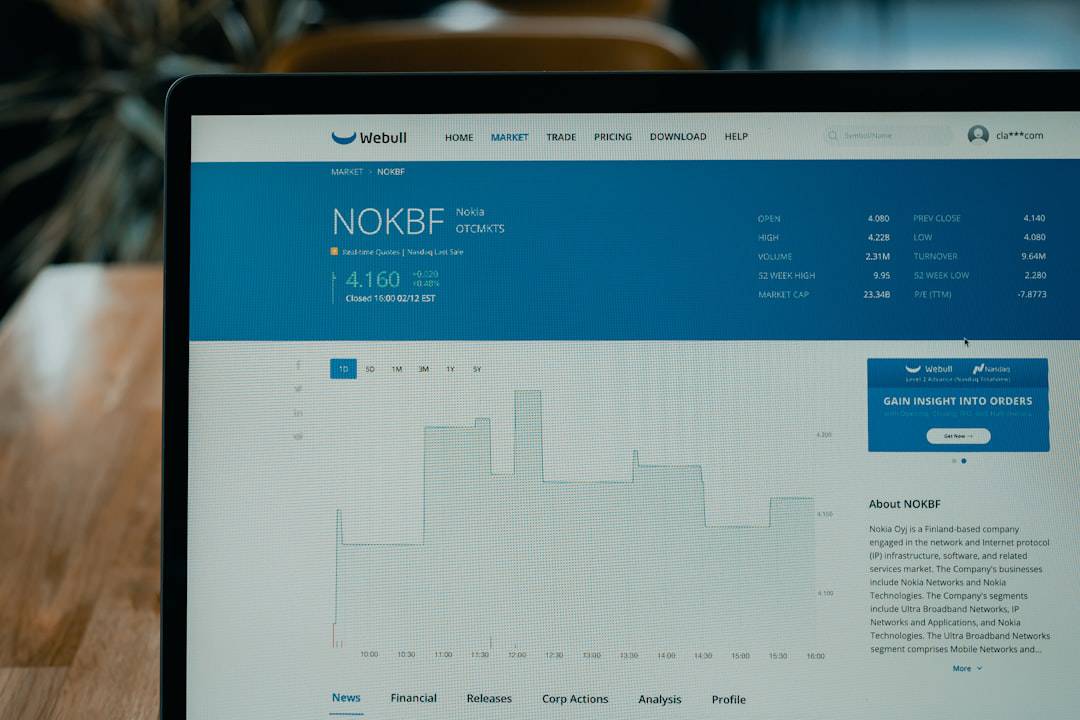Category: Zero Trust Network Access (ZTNA)
-

Securing Network Access with Sophos ZTNA
Zero Trust Network Access (ZTNA) is a security framework designed to address the limitations of traditional network security approaches. Unlike conventional models that rely on perimeter-based defenses, ZTNA assumes that threats can originate from both internal and external sources. This model focuses on verifying the identity of users and devices before granting access to network…
-

Secure Access with ZTNA Solutions
Zero Trust Network Access (ZTNA) is a security framework that eliminates implicit trust within an organization’s network. Unlike traditional network security models that assume internal network elements are trustworthy, ZTNA operates on the principle of “never trust, always verify.” This approach requires continuous authentication and authorization for all users and devices attempting to access network…
-

Securing Access with Cloudflare ZTNA
Zero Trust Network Access (ZTNA) is a security framework designed to address the limitations of traditional network security approaches. Unlike conventional models that rely on perimeter-based defenses, ZTNA assumes that threats can originate from both internal and external sources. This model focuses on verifying the identity of users and devices before granting access to applications…
-

Secure Access Made Simple with FortiZTNA
Zero Trust Network Access (ZTNA) is a security framework that provides secure access to resources regardless of user location. Unlike traditional perimeter-based security models, ZTNA authenticates and authorizes every access request, whether internal or external. This approach is essential in today’s digital environment, where remote work and cloud-based applications are prevalent. ZTNA implements the principle…
-

Fortinet’s Zero Trust Network Access: Securing Your Network
Zero Trust Network Access (ZTNA) is a security framework that eliminates implicit trust within an organization’s network. Unlike traditional network security models that assume internal users and devices are trustworthy, ZTNA adopts a “never trust, always verify” approach. This model has gained prominence due to the increasing sophistication of cyber threats and the widespread adoption…
-

Maximizing Security with Netskope ZTNA
Zero Trust Network Access (ZTNA) is a security model that verifies and authenticates every user and device attempting to access a network. This approach is founded on the principle of “never trust, always verify,” meaning no user or device is trusted by default, regardless of location or network environment. ZTNA focuses on securing access to…
-

Understanding Zero Trust Network Access (ZTNA)
Zero Trust Network Access (ZTNA) is a security framework that addresses the limitations of traditional network security approaches. It operates on the principle that no user or device should be automatically trusted, regardless of their location or network connection. ZTNA requires strict identity verification for every access attempt to network resources, whether originating from inside…
-

Maximizing Security with Zero Trust Network Access
Zero Trust Network Access (ZTNA) is a cybersecurity approach that challenges the traditional security model of trusting everything within a network perimeter. Instead, ZTNA operates on the principle of “never trust, always verify,” requiring authentication and authorization for every access request, regardless of the user’s or device’s location. ZTNA employs micro-segmentation, granting access to network…
-

Secure Access with Zero Trust Network Access (ZTNA)
Zero Trust Network Access (ZTNA) is a security model designed to address the limitations of traditional network security approaches. Unlike conventional security models that rely on perimeter-based defenses, ZTNA assumes threats can originate from both inside and outside the network. ZTNA focuses on verifying the identity of users and devices before granting access to applications…
-

Protecting Your Network: The Importance of Endpoint Security
Endpoint security is the practice of protecting network-connected devices such as computers, smartphones, and tablets from cyber threats. These devices, known as endpoints, are often targeted by malicious actors as entry points into an organization’s network. The goal of endpoint security is to prevent unauthorized access, data breaches, malware infections, and other cybersecurity risks. Effective…
-

Securing Access: The Importance of Identity and Access Management
Identity and Access Management (IAM) is a framework that combines policies and technologies to ensure appropriate access to organizational resources. It manages digital identities and controls access privileges for individuals within an organization. IAM systems provide secure and efficient methods for managing user identities, access rights, and security policies. Key components of IAM include user…
-

Protecting Your Business: Cybersecurity Best Practices
In the current digital era, cybersecurity threats are continuously evolving, with malicious actors employing increasingly sophisticated techniques. Businesses face a range of risks, including ransomware attacks and phishing scams. It is essential for organizations to comprehend the various types of threats they may encounter to implement effective protection measures. Ransomware is a form of malware…
-

Protecting Your Data: The Importance of Data Loss Prevention
Data Loss Prevention (DLP) encompasses strategies and tools employed by organizations to safeguard sensitive and critical information from unauthorized access, leakage, or loss. The primary objective of DLP is to protect data from compromise, whether through intentional or accidental means. This includes preventing data breaches, leaks, and theft, while ensuring compliance with regulatory requirements and…
-

Maximizing Security with Network Segmentation
Network segmentation is the practice of dividing a computer network into smaller subnetworks, or segments, to improve performance, security, and manageability. This is typically done by creating virtual local area networks (VLANs) or using physical network devices such as routers and switches to separate traffic. By segmenting a network, organizations can control the flow of…
-

Protecting Your Business: Network Security Essentials
Network security is a crucial component of modern business operations in the digital era. It encompasses the protection of data integrity, confidentiality, and accessibility within a network infrastructure. Without adequate network security measures, organizations face numerous risks, including data breaches, malware infections, and unauthorized access to confidential information. These threats can result in significant financial…
-

Implementing Zero Trust Security Model for Enhanced Protection
The Zero Trust security model, introduced by Forrester Research in 2010, is a cybersecurity approach that eliminates implicit trust within an organization’s network. This model operates on the principle of “never trust, always verify,” requiring strict authentication for all users, devices, and applications attempting to access network resources, regardless of their location. Zero Trust assumes…
-

Securing Networks with Zero Trust Access
Zero Trust Access is a security framework that operates on the principle of “never trust, always verify.” This approach requires all users and devices to be authenticated and authorized before gaining access to any resources, regardless of their location or network status. Unlike traditional security models that relied on perimeter-based defenses and assumed internal network…
-

Enhancing Security with Multi-factor Authentication
Multi-factor authentication (MFA) is a security measure that requires multiple forms of verification to grant access to an account or system. This additional layer of security goes beyond the traditional username and password combination, making it more difficult for unauthorized users to gain access. MFA typically involves a combination of something the user knows (such…
-

Creating Effective Security Policies for Businesses
Security policies are essential components of organizational risk management in the digital era. These policies establish guidelines and protocols to protect sensitive information, assets, and resources from unauthorized access, theft, or damage. Implementing robust security policies helps organizations mitigate risks associated with cyber threats, data breaches, and other security incidents that could negatively impact operations…